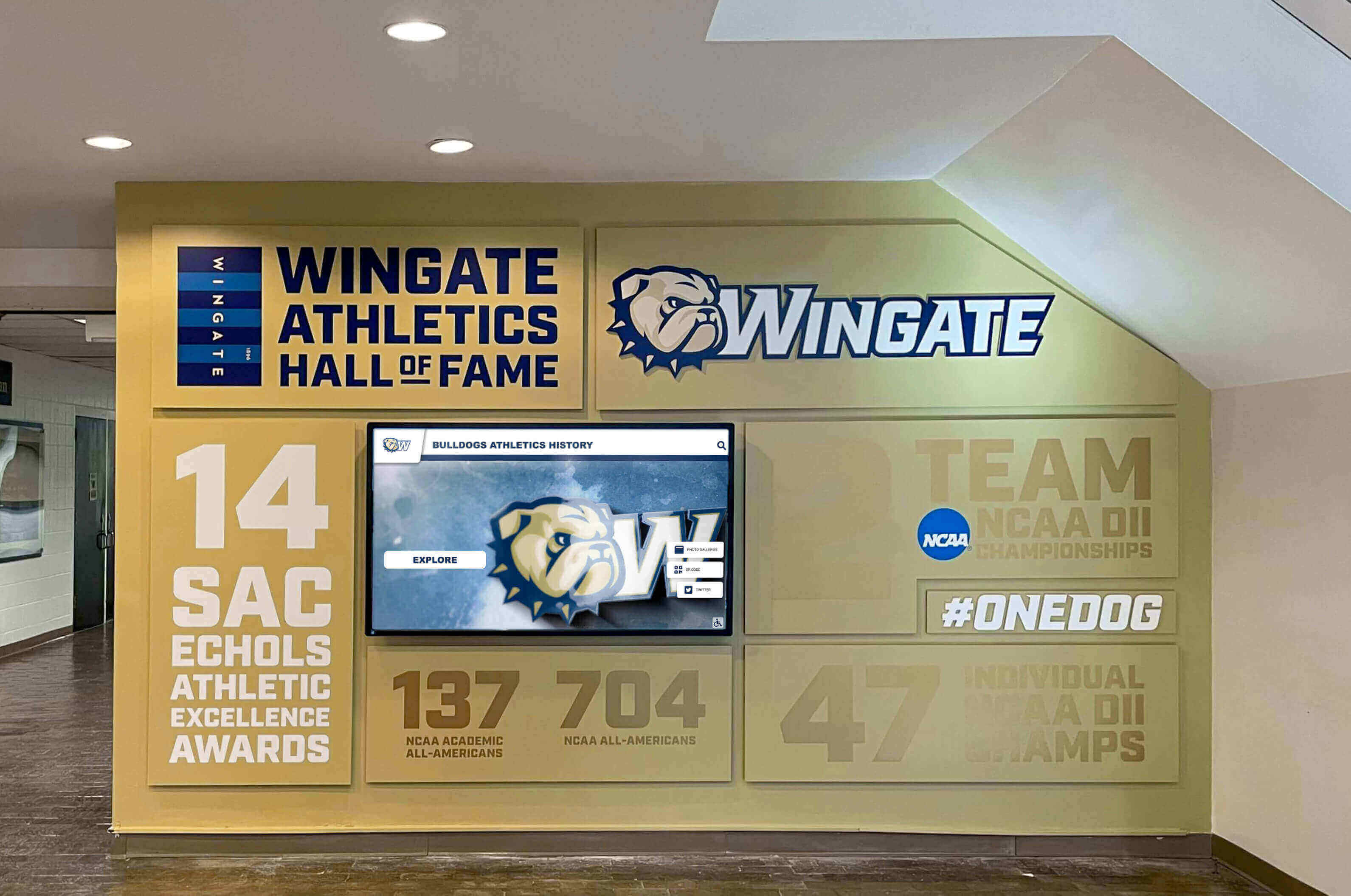Key Takeaways
Launch a successful alumni spotlight of the month program. Get proven strategies, interview templates, distribution tactics, and measurement frameworks for maximum engagement.
What is an Alumni Spotlight of the Month Program?
An alumni spotlight of the month program systematically features accomplished graduates through regular, structured recognition that shares their career journeys, achievements, and connections to their alma mater. Unlike sporadic recognition efforts or annual hall of fame inductions, monthly spotlights create consistent touchpoints that maintain ongoing engagement throughout the year.
Core Program Components
Regular Cadence: Monthly spotlights establish predictable rhythm that audiences anticipate. Subscribers expect featured profiles in their inbox the first Monday of each month, social media followers watch for spotlight posts, and campus displays refresh with new achievements regularly. This consistency builds audience habit while ensuring recognition efforts don’t fade during busy academic periods.
Multi-Channel Distribution: Modern spotlight programs extend far beyond newsletter mentions. Featured alumni appear across institutional websites, email campaigns, social media platforms, digital recognition displays, campus publications, and event materials. This integrated approach maximizes visibility while providing content that serves multiple institutional priorities simultaneously.

Authentic Storytelling: The most effective spotlights move beyond accomplishment lists to reveal personal journeys—challenges overcome, mentors who influenced success, pivotal moments that shaped careers, and advice that helps others navigate similar paths. This narrative depth creates emotional resonance that factual biographies cannot achieve.
Sustained Engagement: Rather than one-time recognition, spotlights create ongoing connections. Featured alumni often become mentors, guest speakers, fundraising advocates, and career networking resources for students. The initial spotlight serves as foundation for deeper institutional relationships that benefit both parties for years.

How Spotlights Differ from Traditional Recognition
Traditional hall of fame programs typically honor the most distinguished alumni through formal induction ceremonies, often focusing on lifetime achievement or extraordinary accomplishment. Alumni spotlights complement these programs by:
- Broader Eligibility: Featuring recent graduates alongside established professionals
- Diverse Achievement Types: Celebrating meaningful contributions beyond highest honors
- Regular Frequency: Twelve spotlights annually versus occasional inductions
- Lower Barriers: Featuring alumni willing to share stories versus extensive vetting
- Flexible Formats: Adapting content depth and style to individual circumstances
- Ongoing Updates: Allowing profile refreshes as careers progress
This complementary approach ensures institutions maintain multiple recognition pathways that serve different purposes and engage various alumni segments.
Proven Benefits: Why Alumni Spotlight Programs Deliver Results
Institutions implementing thoughtful spotlight initiatives consistently report measurable improvements across advancement, recruitment, engagement, and communications objectives.
Institutional Benefits
📈 Enhanced Alumni Engagement
Featured alumni maintain 3-5x higher engagement rates with institutional communications, events, and giving opportunities compared to non-featured peers
💰 Increased Fundraising Results
Spotlighted alumni give at significantly higher rates, with recognition often triggering increased annual fund participation and major gift conversations
🎓 Student Recruitment Value
Prospective students and families seek evidence of graduate success; compelling alumni stories provide powerful testimonials about educational quality and career outcomes
📱 Content Marketing Efficiency
Monthly spotlights generate website content, email newsletter features, social media posts, video content, and print materials from single interviews—maximizing content development investment
🌐 Brand Building & Reputation
Distinguished graduate achievements reflect institutional quality; systematic spotlight programs ensure this success remains visible to all stakeholder audiences
🤝 Career Networking Connections
Featured alumni often become mentors, internship providers, guest speakers, and job placement contacts for current students—tangible career support that demonstrates educational ROI
Benefits for Featured Alumni
Recognition creates reciprocal value that motivates participation and ongoing engagement:
Professional Visibility: Alumni spotlight features provide professional exposure through institutional channels, social media amplification, and searchable online profiles that enhance personal branding efforts. Many professionals appreciate this third-party validation of their accomplishments.
Networking Expansion: Being featured often connects alumni with other distinguished graduates, creating peer networking opportunities and professional relationships they wouldn’t otherwise discover. Institutions facilitate valuable connections that benefit alumni careers and businesses.
Legacy and Inspiration: Most accomplished alumni want to give back by inspiring younger generations. Spotlight participation provides meaningful opportunities to share hard-won wisdom, acknowledge mentors who helped their success, and demonstrate gratitude for educational foundations that launched their careers.
Reconnection to Community: Career focus often creates distance from alma mater. Being featured rekindles emotional connections to formative experiences, favorite professors, campus memories, and institutional identity that shaped who they became. This reconnection frequently leads to sustained re-engagement.
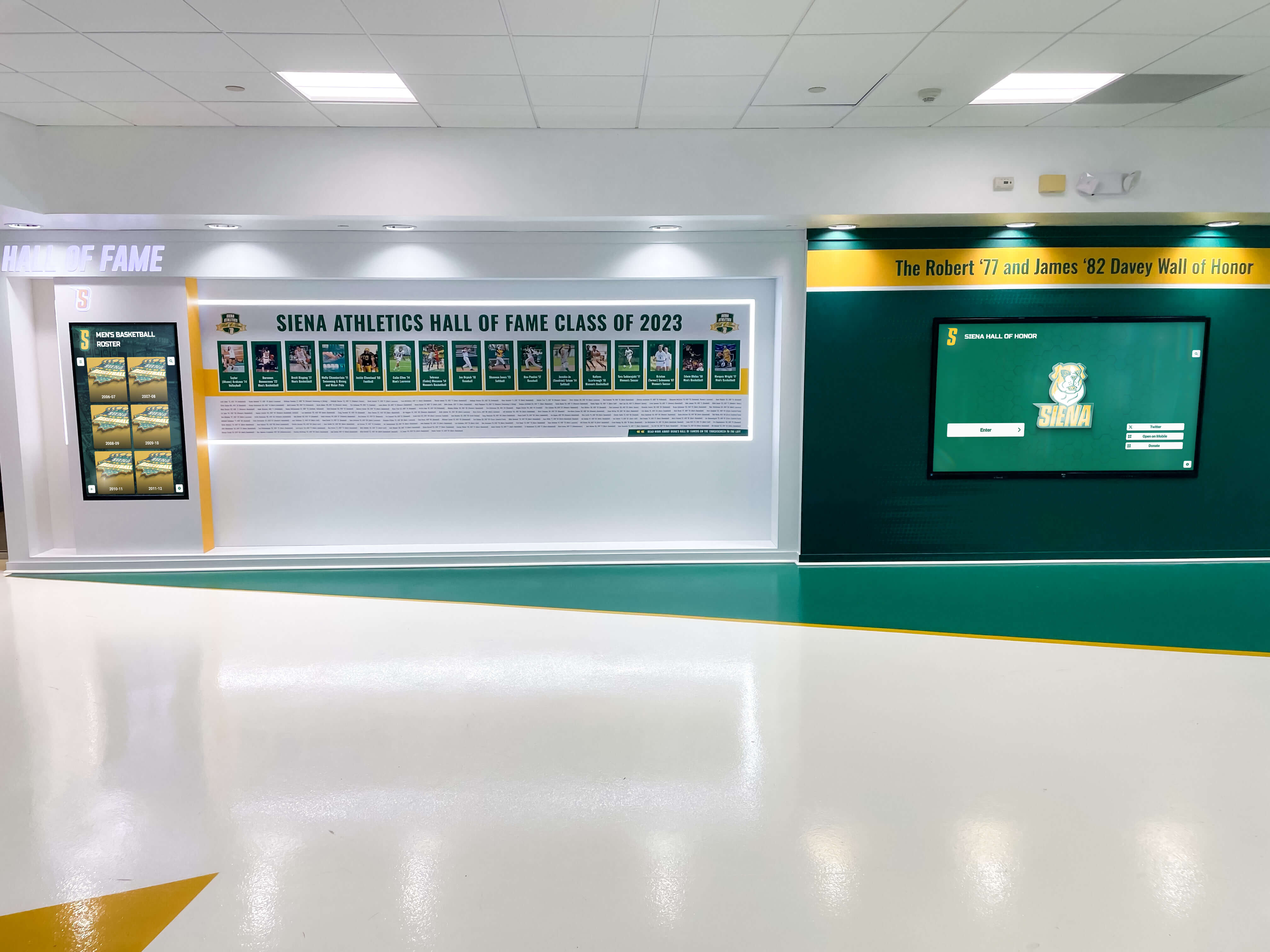
Impact on Current Students and Institutional Culture
Beyond direct alumni relations benefits, spotlights significantly influence student experience and campus culture:
Students exploring career options discover alumni working in fields that interest them, understanding educational foundations and career trajectories that led to success. Seeing graduates in diverse industries makes aspirations tangible rather than abstract. Research consistently shows that students who interact with accomplished alumni—whether through digital recognition displays, spotlight content, or resulting mentorship connections—demonstrate higher academic engagement, clearer career direction, and stronger institutional connection throughout their educational journey.
Faculty appreciate spotlight content for classroom integration, using graduate success stories as teaching examples that illustrate how education translates to career application. Alumni spotlights provide authentic case studies far more relevant to students than textbook examples.
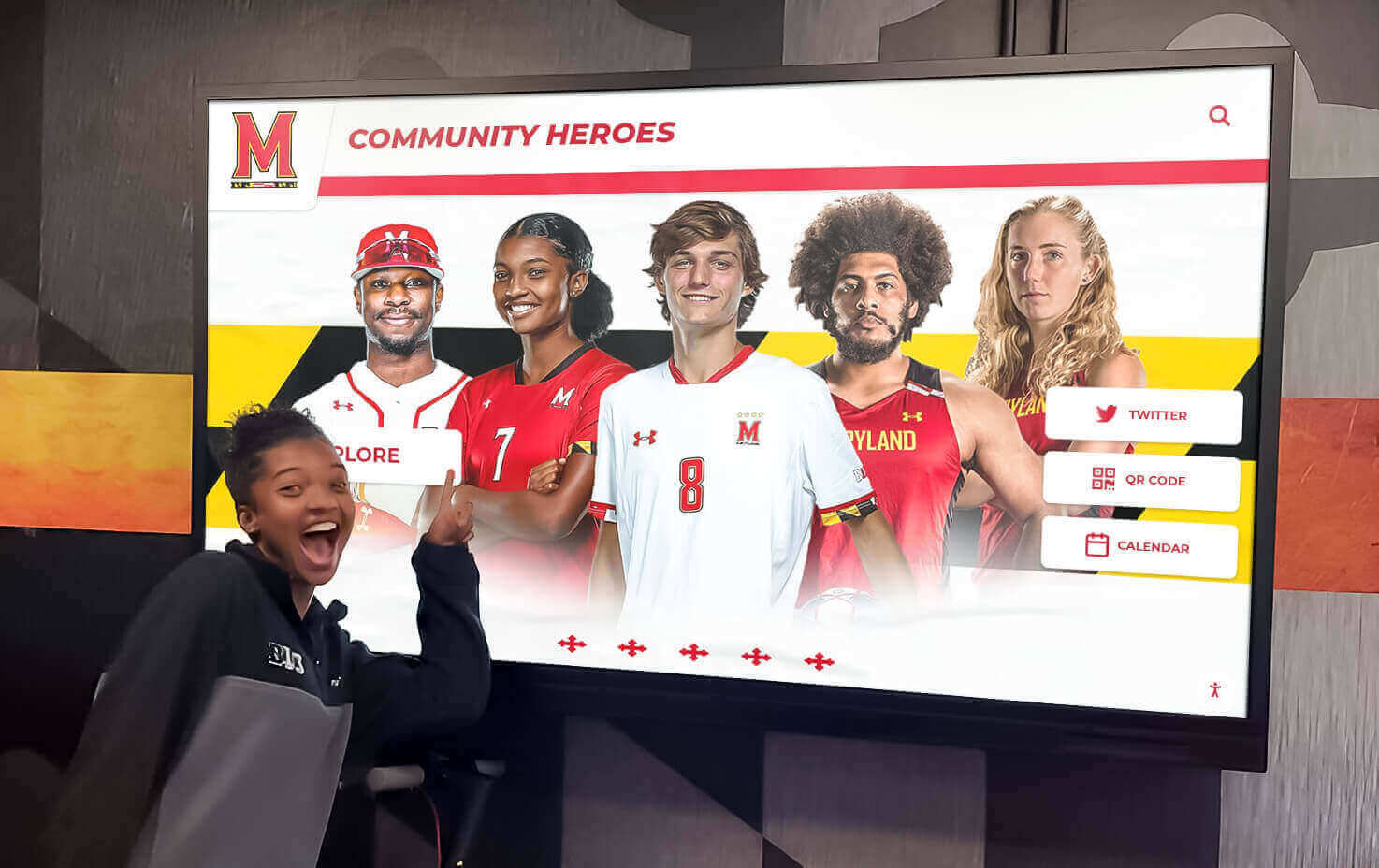
Planning Your Alumni Spotlight Program: Strategic Framework
Successful programs begin with clear objectives, realistic resource assessment, and structured planning that ensures sustainability beyond initial enthusiasm.
Defining Program Objectives
Different institutions emphasize different priorities. Explicitly defining primary objectives shapes selection criteria, content approach, distribution strategy, and success metrics:
Engagement Focus
Prioritize re-engaging inactive alumni or maintaining connections with active supporters through meaningful recognition
Fundraising Integration
Feature major donors, giving society members, or prospects to strengthen relationships and inspire philanthropic participation
Student Services
Emphasize career networking, mentorship connections, and internship opportunities that benefit current students directly
Marketing & Recruitment
Generate compelling content for admissions materials, website features, and social media that demonstrates graduate success
Diversity & Inclusion
Systematically showcase diverse achievement types, career paths, and alumni backgrounds that reflect institutional values
Community Building
Strengthen alumni network cohesion and institutional pride by celebrating varied accomplishments across all constituencies
Most programs balance multiple objectives, but clarity about primary priorities informs countless implementation decisions and helps maintain focus when resource constraints force difficult choices.
Budget and Resource Considerations
Alumni spotlight programs scale to fit available resources, from volunteer-driven efforts to professionally produced features:
Minimal Budget Approach (Under $500 annually):
- Staff time only (10-15 hours monthly)
- Written profiles using provided photos
- Email newsletter distribution
- Social media posts with simple graphics
- Website profile page with basic layout
- No professional photography or video
Moderate Budget Approach ($500-$3,000 annually):
- Part-time staff or student worker allocation
- Professional photography for local alumni
- Graphic design templates or design software subscription
- Basic video editing for interview clips
- Paid social media promotion of select profiles
- Email marketing platform with analytics
- Printed features in alumni magazine
Comprehensive Budget Approach ($3,000-$10,000+ annually):
- Dedicated staff time or shared position
- Professional videography and editing services
- Graphic designer for custom visual content
- Advanced marketing automation platform
- Paid digital advertising promoting spotlights
- Campus digital recognition displays showcasing features
- Printed spotlights in multiple publications
- Event components featuring spotlighted alumni
The most critical resource isn’t financial—it’s dedicated staff ownership ensuring consistent execution. Programs fail most often not from insufficient budget but from lack of clear responsibility and follow-through during busy academic seasons.
Technology and Distribution Platforms
Modern spotlight programs leverage multiple platforms that extend reach while serving diverse audience preferences:
Essential Technology:
- Alumni database or CRM for tracking and communications
- Content management system for website profile pages
- Email marketing platform with segmentation capability
- Social media scheduling tools
- Cloud storage for photos, videos, and documents
- Form/survey tools for nomination and interview collection
Enhanced Capabilities:
- Video hosting and streaming platform
- Graphic design software or templates
- Video editing tools
- Analytics platforms tracking engagement
- Interactive digital displays for campus showcasing
- Mobile app integration for alumni access
- Searchable alumni directory with filtering
Solutions like Rocket Alumni Solutions provide integrated platforms specifically designed for alumni recognition, combining content management with distribution capabilities across digital recognition walls, websites, and mobile access—streamlining technology requirements while ensuring professional presentation.
Selection Criteria and Nomination Process
Thoughtful selection ensures program credibility, diverse representation, and sustained community interest across graduation cohorts and achievement types.
Balancing Selection Priorities
The strongest programs rotate selection criteria systematically rather than choosing based solely on prominence or availability:
Monthly Rotation Framework:
- January: Recent graduate (1-5 years) showing early career promise
- February: Alumni demonstrating community service or nonprofit leadership
- March: Entrepreneur or business founder
- April: Educator or academic achievement
- May: Healthcare professional or medical innovation
- June: Arts, entertainment, or creative field success
- July: Public service, military, or government role
- August: Alumni from underrepresented decade or program
- September: Athletic achievement or sports-related career
- October: Technology, engineering, or scientific contribution
- November: Alumni demonstrating institutional loyalty (volunteer, donor, mentor)
- December: Distinguished senior achievement or lifetime contribution
This rotating approach ensures variety while preventing unconscious bias toward certain graduation eras, career types, or demographics. Adjust categories based on institutional characteristics and alumni population composition.
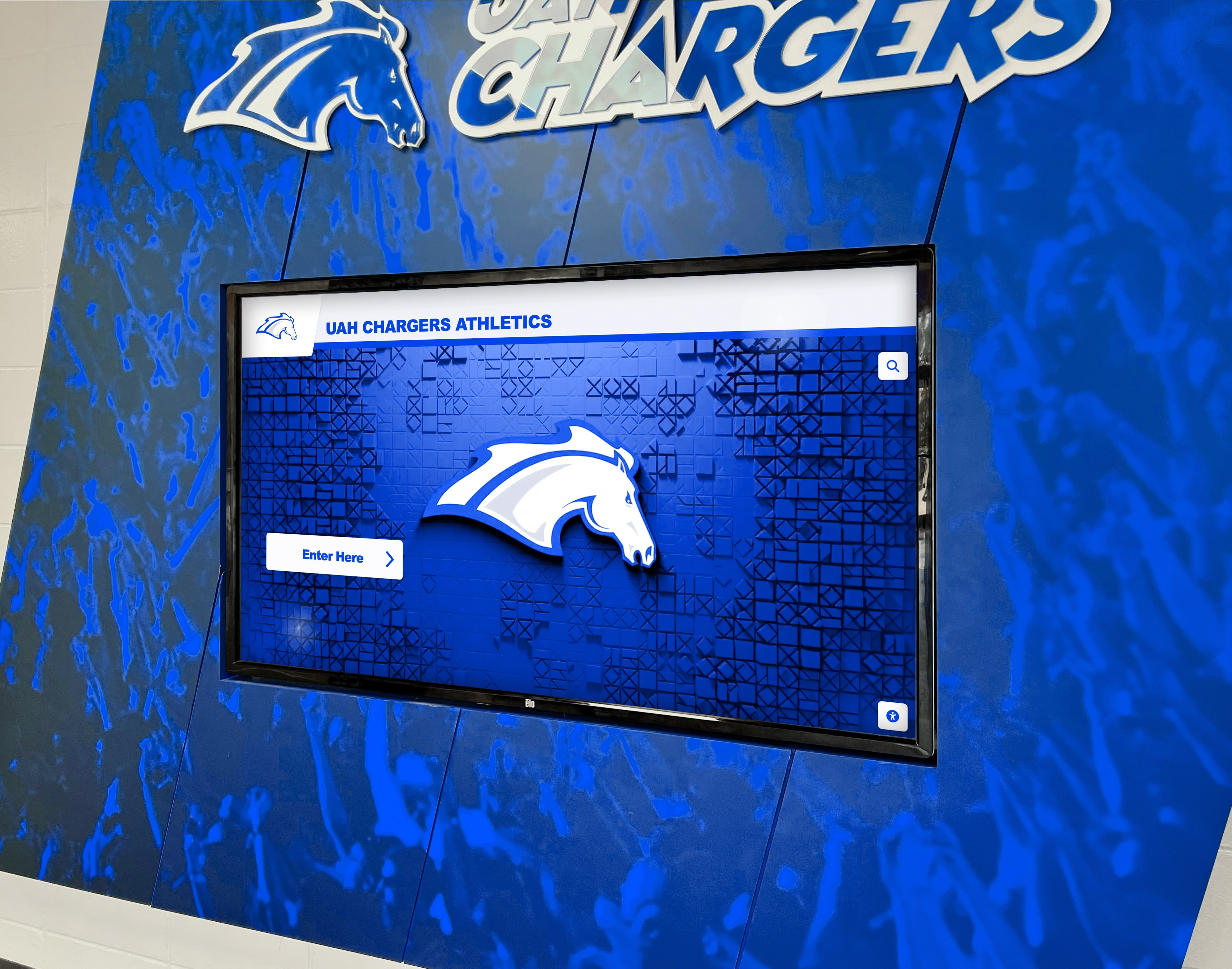
Nomination and Outreach Strategies
Nomination Sources:
- Alumni association leadership and staff
- Advancement office prospect research
- Faculty recommendations about notable graduates
- Academic department suggestions for field-specific recognition
- Student career services connections
- Self-nominations through online form
- Peer nominations from other alumni
- Social media discovery of recent achievements
- News monitoring for alumni in headlines
- Class reunion committees
Initial Outreach Best Practices:
Create standardized invitation email that explains program, time commitment, participation process, and value for alumni. Emphasize that spotlight requires 30-45 minutes for interview questions, photo submission, and brief review—not extensive time investment. Highlight benefits including professional visibility, student mentorship opportunities, and meaningful way to give back.
Response rates typically range from 60-80% when invitations are personalized, explain program clearly, and come from recognizable institutional contact. Following up after 5-7 days with brief reminder usually converts another 15-20% of non-responders.
Content Creation: Interview Questions and Profile Development
Compelling content separates memorable spotlights from forgettable profiles. Effective interview questions elicit stories that reveal personality, wisdom, and authentic connection to institutional experience.
Comprehensive Interview Question Framework
Educational Foundation (2-3 questions):
- What drew you to [Institution] initially, and how did your experience meet or exceed expectations?
- Who were the professors, coaches, mentors, or peers who most influenced your success during your time here?
- What specific experiences, courses, activities, or moments at [Institution] proved most valuable for your career?
- How would you describe the ways [Institution] prepared you for the challenges you’ve faced professionally?
Career Journey (3-4 questions): 5. Walk us through your career path from graduation to your current role—what were the pivotal moments or decisions? 6. What achievement or accomplishment in your career makes you most proud, and why does it hold special significance? 7. What challenges or obstacles did you overcome on your path to success, and what helped you persevere? 8. Tell us about your current role—what does a typical day involve, and what aspects energize you most?
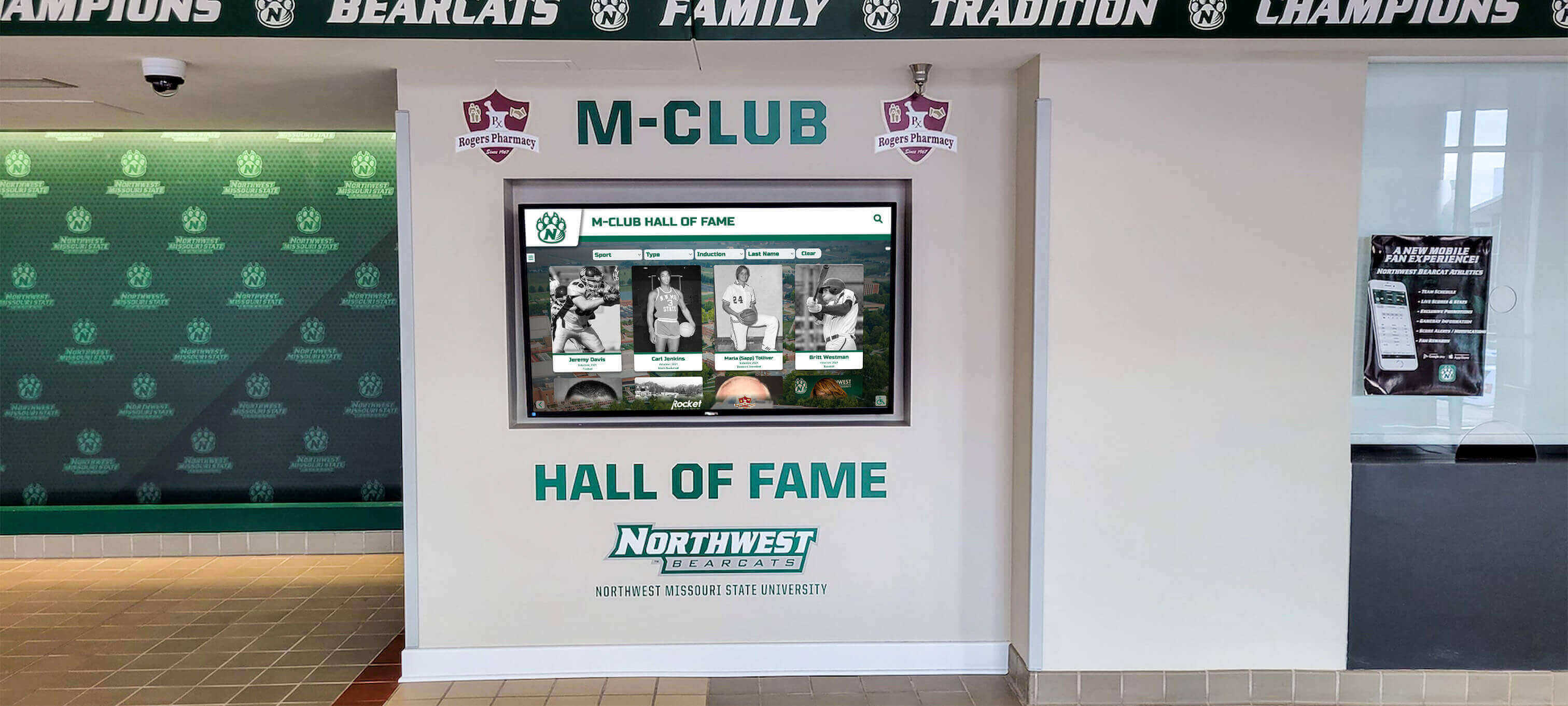
Advice and Insights (2-3 questions): 9. What advice would you give current students preparing for careers in your field or industry? 10. What skills, qualities, or habits have proven most valuable throughout your professional journey? 11. What do you wish you had known when you graduated that you understand now? 12. What book, resource, experience, or person has influenced your thinking and approach most significantly?
Institutional Connection (2-3 questions): 13. What are your favorite memories from your time at [Institution], and why do they remain meaningful? 14. How do you stay connected to [Institution] currently, and what motivates your ongoing engagement? 15. If you could address current students directly, what message would you want them to hear? 16. What does being a [Institution] graduate mean to you today, years after commencement?
Personal and Future-Looking (1-2 questions): 17. Outside of work, what interests, hobbies, or activities bring you joy and balance? 18. What’s next for you—what goals, projects, or aspirations are you pursuing? 19. How can current students, recent graduates, or fellow alumni connect with you for networking or mentorship? 20. Is there anything else you’d like to share that we haven’t covered?
Not every spotlight requires all questions—adapt based on available time and relevance. For busy executives, focus on 8-10 most important questions. For more expansive profiles, comprehensive interviews yield richer material for multiple content formats.
Transforming Responses into Compelling Profiles
Raw interview responses require editing for readability, flow, and appropriate length:
Profile Structure (500-800 words):
- Opening paragraph introducing alumni with compelling hook
- Educational background and institutional connection
- Career journey highlighting 2-3 major milestones
- Current role and recent achievement emphasis
- Advice or wisdom section with direct quotes
- Closing paragraph encouraging connection and institutional pride
Writing Principles:
- Use conversational, accessible language avoiding jargon
- Lead with strongest, most interesting material
- Include direct quotes preserving authentic voice
- Maintain positive, inspirational tone
- Emphasize tangible takeaways for students
- Connect achievements to institutional foundation
- End with clear call-to-action for engagement
For institutions using digital spotlight displays, consider creating both full-length written profiles for website and condensed 250-word versions for touchscreen viewing where shorter content maintains visitor attention more effectively.

Multi-Channel Distribution Strategy
Maximizing spotlight impact requires coordinated distribution across multiple touchpoints where different audiences engage with institutional content.
Website Integration
Dedicated Spotlight Section: Create persistent website section housing all spotlight profiles with robust search and filtering capabilities. Visitors should easily browse by graduation year, career field, location, achievement type, or keyword. Archive format preserves all historical spotlights as valuable evergreen content while allowing new additions to feature prominently.
Homepage Rotation: Feature current month’s spotlight prominently on institutional homepage with photo, brief introduction, and link to full profile. This prime real estate signals organizational priority while driving traffic to fuller content.
Program Page Features: Academic departments, career services, alumni affairs, and admissions pages should strategically link to relevant spotlight profiles. Computer science page features tech entrepreneur alumni, education school highlights distinguished teachers, business program showcases startup founders. This integration reinforces how education translates to career success.
Email Marketing Campaigns
Alumni Newsletter Features: Dedicate prominent newsletter section to monthly spotlight with professional photo, engaging summary, and compelling call-to-action driving to full profile. Many institutions find spotlight features generate highest email click-through rates among all newsletter content.
Targeted Segments: Send personalized spotlight notifications to relevant audience segments—classmates of featured alumni, graduates from same academic program, alumni in similar career fields, or geographic connections. Personalization dramatically increases engagement versus generic broadcasting.
Student Communications: Include spotlight highlights in student newsletters, career services updates, and department communications. Current students represent crucial spotlight audience, yet programs often overlook student distribution in favor of alumni-only focus.
Donor Stewardship: When featuring alumni donors, ensure spotlight content reaches development team for integration into stewardship communications, major gift solicitations, and campaign materials demonstrating impact of institutional support.
Social Media Amplification
Platform-Specific Strategies:
LinkedIn: Professional focus makes LinkedIn ideal for spotlight promotion. Share full profile links, create quote graphics highlighting career advice, tag featured alumni (most will reshare), use relevant industry hashtags, and post during business hours for maximum professional audience reach.
Facebook: Emphasize personal stories, favorite campus memories, and visual content. Facebook’s algorithm favors video, so short interview clips perform exceptionally well. Create shareable graphics optimized for mobile viewing.
Instagram: Visual storytelling platform demands high-quality photos and concise captions. Create carousel posts with multiple images from alumni career, Instagram Story highlights featuring video clips, and Reels with compelling spotlight moments.
Twitter/X: Use thread format for spotlight highlights, create quote graphics with inspiring advice, and engage with featured alumni through @mentions and replies. Twitter excels for real-time engagement and conversation.
Promotion Cadence: Rather than single announcement, stretch spotlight promotion across the month:
- Week 1: Major launch announcement across all platforms
- Week 2: Share compelling quote or advice excerpt
- Week 3: Highlight specific achievement or career milestone
- Week 4: Encourage community to nominate next spotlight candidates
Digital Recognition Display Integration
Campus interactive touchscreen displays provide highly visible platforms for spotlight content in high-traffic locations like student centers, alumni buildings, athletic facilities, and academic building lobbies.
Modern solutions like Rocket Alumni Solutions enable seamless content synchronization—profiles published to website automatically appear on campus displays, mobile apps, and digital signage without duplicate content entry. This integration ensures consistent messaging while dramatically reducing staff workload.
Strategic display placement creates daily visibility for thousands of campus community members who might never encounter website content or email campaigns. Students browsing between classes discover alumni in their intended career fields, campus visitors explore institutional history and achievement, and prospective families touring campus see tangible evidence of graduate success.

Measuring Success: Analytics and Optimization
Effective programs continuously measure performance, analyze engagement patterns, and refine approaches based on data rather than assumptions.
Key Performance Indicators
Engagement Metrics:
- Email open rates and click-through rates for spotlight announcements
- Website traffic to spotlight pages and average time on page
- Social media reach, impressions, and engagement rates
- Video view counts and completion rates
- Campus display interaction frequency and session duration
- Profile search volume and filtering behavior
Relationship Metrics:
- Featured alumni subsequent engagement (event attendance, giving, volunteering)
- Mentorship connections or career networking resulting from spotlights
- Alumni response rates to future communications
- New alumni engagement reactivated through spotlight program
- Donor conversion rates among spotlighted versus non-spotlighted alumni
Qualitative Feedback:
- Alumni testimonials about spotlight experience
- Student feedback about inspiration and career insights gained
- Prospective student family comments during admissions process
- Faculty integration of spotlight content into curriculum
- External media pickup or coverage of spotlight features
Comparative Analysis: Track performance across different spotlight types to identify what resonates most:
- Recent graduates versus established professionals
- Career fields (business, education, healthcare, arts, etc.)
- Geographic proximity (local alumni versus distant)
- Achievement types (career success, community service, innovation)
- Content formats (written, video, mixed media)
- Distribution channels (email, social, website, displays)
These insights inform selection priorities and content approaches that maximize impact.

Continuous Improvement Framework
Quarterly Review Process:
- Analyze engagement data identifying high and low performers
- Survey featured alumni about experience and suggestions
- Gather student feedback about spotlight usefulness
- Assess progress toward program objectives
- Identify operational challenges or bottlenecks
- Refine interview questions based on response quality
- Adjust distribution timing and channels
- Update selection criteria ensuring balance
Annual Strategic Assessment:
- Comprehensive program review with advancement leadership
- ROI analysis comparing investment to outcomes
- Benchmarking against peer institutions when possible
- Long-term planning for program evolution and expansion
- Technology evaluation for potential platform improvements
- Staff training needs and resource allocation review
For comprehensive guidance on measuring digital recognition program success, explore resources on measuring digital hall of fame impact that provide detailed frameworks applicable to spotlight initiatives.
Common Challenges and Practical Solutions
Even well-planned programs encounter obstacles. Anticipating common challenges and preparing solutions ensures sustainability.
Challenge: Low Alumni Response Rates
Problem: Invited alumni decline participation or don’t respond to outreach, leaving gaps in editorial calendar.
Solutions:
- Personalize invitations from recognizable people (president, athletic director, program chair)
- Reduce time commitment perception—emphasize 30-minute interview, not extensive effort
- Offer flexible participation formats (written questionnaire, phone interview, video call)
- Share examples of previous spotlights so nominees understand final product
- Explain specific benefits—professional visibility, student inspiration, mentor opportunities
- Provide multiple response channels (email, phone, text, online form)
- Follow up appropriately without excessive pressure
- Build nomination pipeline with 3-4 month advance buffer allowing flexibility
Challenge: Lack of Diversity in Featured Alumni
Problem: Spotlights inadvertently over-represent certain demographics, graduation decades, or career types.
Solutions:
- Audit spotlight history quarterly examining representation gaps
- Create structured rotation criteria mandating variety
- Proactively research and nominate underrepresented populations
- Partner with affinity groups and diversity offices for suggestions
- Celebrate varied achievement types beyond traditional success metrics
- Feature international alumni and non-traditional career paths
- Ensure selection committee itself represents diverse perspectives
- Make intentional choices rather than selecting easiest or most obvious candidates
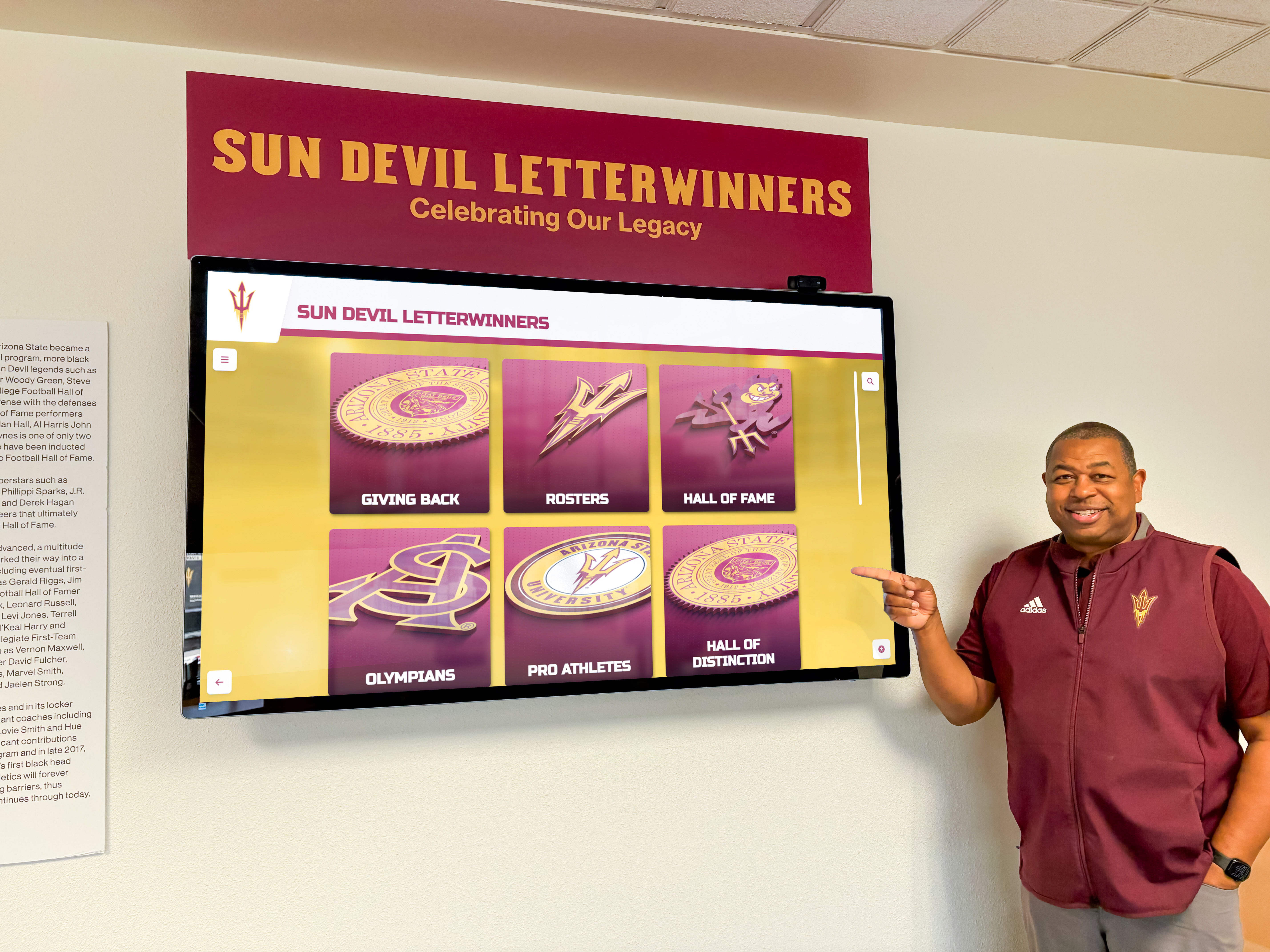
Challenge: Maintaining Momentum Beyond Initial Launch
Problem: Programs launch enthusiastically but fade as competing priorities emerge and initial excitement wanes.
Solutions:
- Assign clear ownership with protected time allocation
- Build 6-month editorial calendar eliminating monthly scrambles
- Create template workflows and checklists reducing cognitive load
- Develop content bank with pre-written introduction paragraphs and closings
- Batch similar tasks (conduct three interviews in one week)
- Leverage student workers or volunteers for routine tasks
- Automate distribution where possible through scheduling tools
- Celebrate program milestones (6 months, 1 year, 50th spotlight)
- Regularly communicate impact to leadership demonstrating value
Challenge: Limited Resources and Budget Constraints
Problem: Ambitious spotlight vision exceeds available staff time, expertise, or financial resources.
Solutions:
- Start with minimal viable program focusing on consistency over sophistication
- Leverage existing tools rather than purchasing specialized software
- Use alumni-provided photos instead of professional photography
- Create written profiles before adding video components
- Engage student workers or interns for content development support
- Develop simple graphic templates using free tools like Canva
- Focus distribution on highest-ROI channels rather than everywhere simultaneously
- Build incrementally—add complexity and investment as program proves value
- Seek sponsors or donor recognition opportunities that offset program costs
Conclusion: Building Lasting Connections Through Alumni Spotlights
Alumni spotlight of the month programs create powerful engagement opportunities that serve multiple institutional priorities simultaneously. By systematically celebrating diverse graduate achievements through authentic storytelling, institutions strengthen emotional bonds with distinguished alumni, provide tangible career inspiration for current students, generate compelling marketing content, and build community pride that transcends individual recognition.
Success requires moving beyond good intentions to structured implementation—clear objectives, sustainable processes, diverse selection criteria, compelling content development, strategic multi-channel distribution, and continuous measurement that demonstrates value. The most effective programs balance ambition with realistic resource assessment, starting with achievable approaches that establish consistency before pursuing sophisticated enhancements.
Modern technology solutions like Rocket Alumni Solutions streamline spotlight program implementation by integrating content management with distribution across digital recognition displays, websites, and mobile platforms. These comprehensive systems reduce staff workload while ensuring professional presentation and broad visibility that maximizes investment returns.
Whether launching a new program or revitalizing existing efforts, the frameworks, templates, and strategies outlined in this guide provide actionable roadmaps for creating spotlight initiatives that deliver measurable results. The foundation remains consistent across institution types and sizes—authentic celebration of alumni success that honors individual achievement while strengthening collective community bonds that benefit everyone.

Ready to Launch Your Alumni Spotlight Program?
Discover how modern recognition technology can amplify your spotlight initiative. Visit Rocket Alumni Solutions to explore comprehensive platforms for alumni recognition, or learn more about creating engaging alumni recognition programs and interactive recognition displays that bring graduate stories to life. With proven results across hundreds of educational institutions, Rocket Alumni Solutions helps schools and universities celebrate alumni achievement while strengthening connections that advance institutional mission.
Contact us today to discuss how integrated spotlight solutions can transform your alumni engagement strategy while reducing staff workload through streamlined content management and automated distribution across all your recognition channels.
